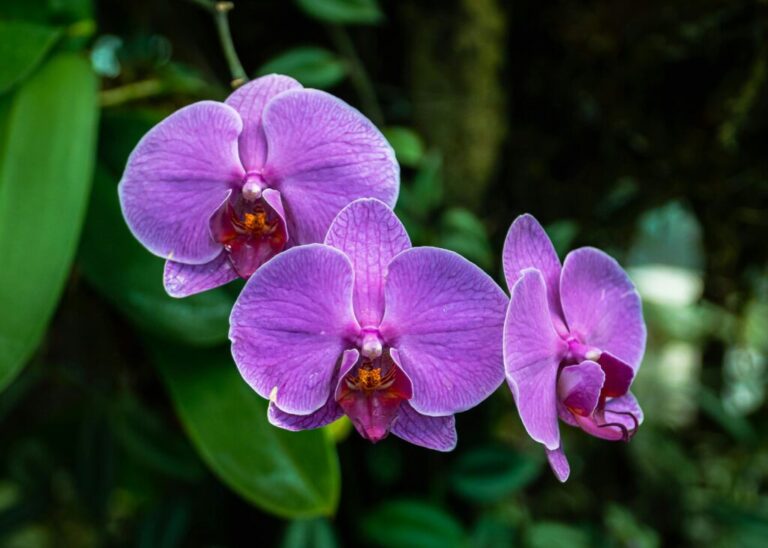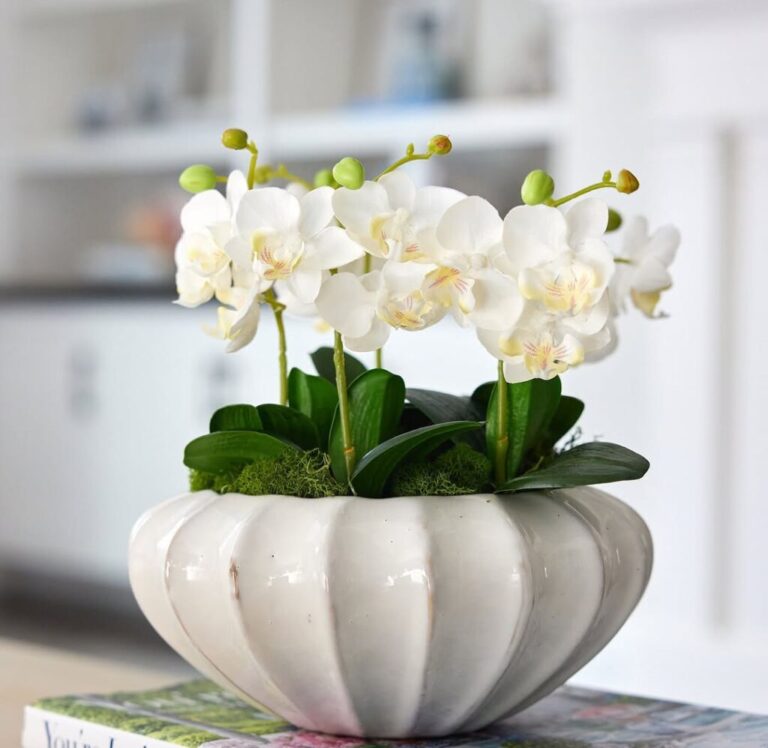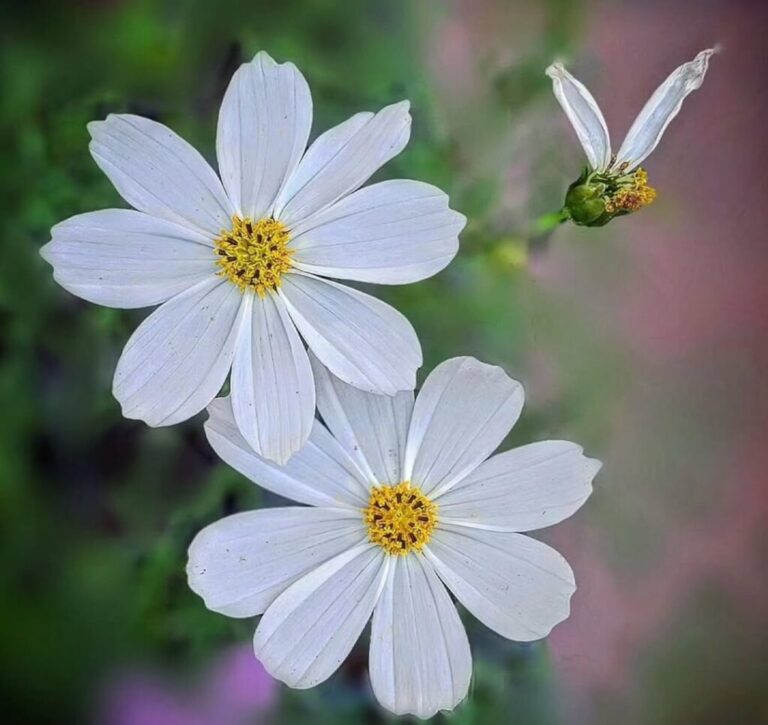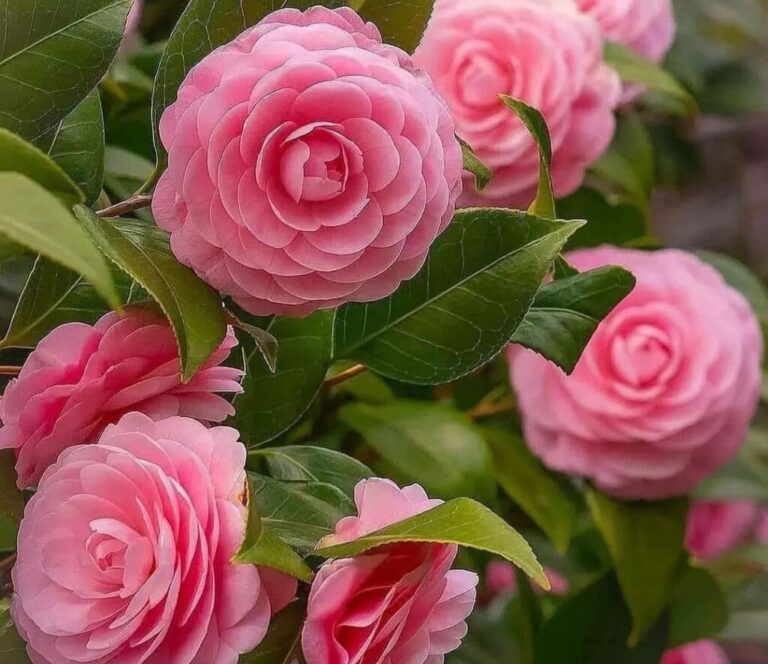Laelia autumnalis xanthotropis is a beautiful orchid that can add a touch of elegance to any room or garden. However, growing and caring for this plant can be a challenge for beginners. In this beginner’s guide, we will provide you with everything you need to know to successfully grow and care for Laelia autumnalis xanthotropis.
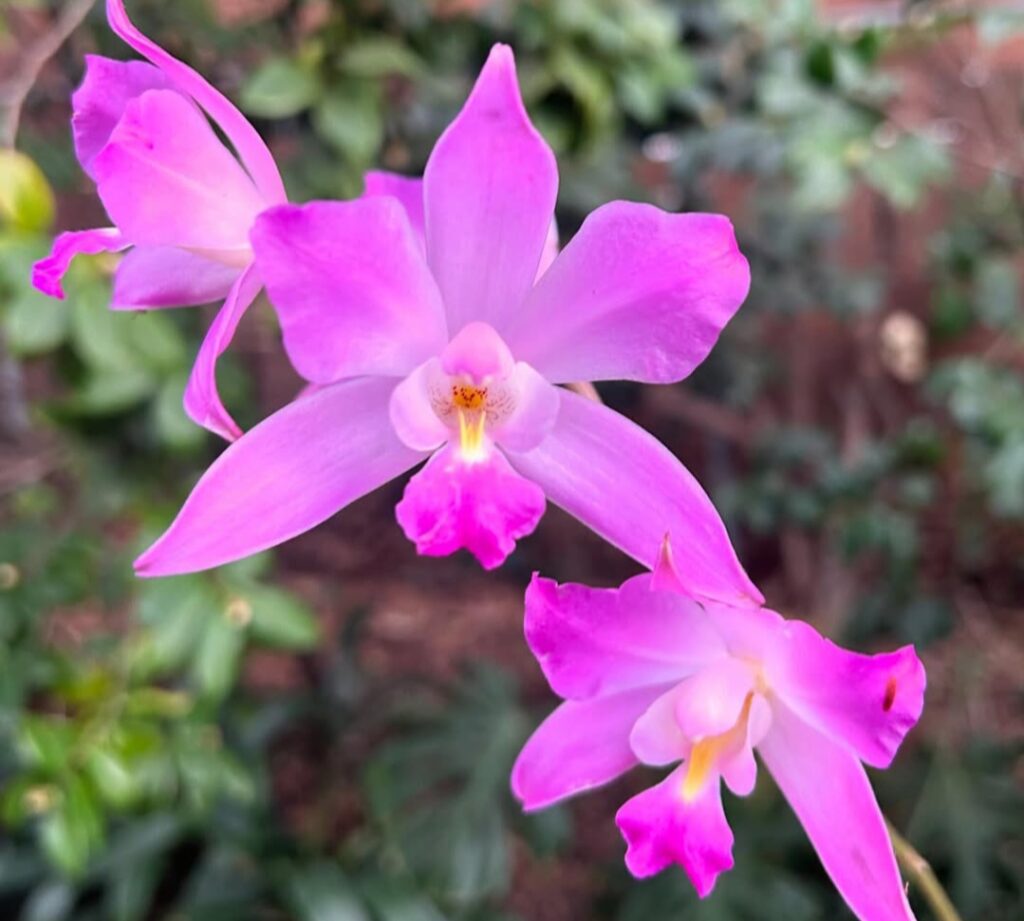
Origins and Habitat:
Laelia autumnalis xanthotropis is a hybrid orchid that was created by crossing Laelia autumnalis and Laelia xanthina. The plant is native to Mexico and can be found growing in the wild on rocky cliffs and mountain slopes at elevations of up to 4,000 feet.
Light Requirements
:Laelia autumnalis xanthotropis requires bright, indirect sunlight to thrive. If you’re growing the plant indoors, place it near a window that receives bright but filtered light. If you’re growing the plant outdoors, make sure it’s protected from direct sunlight during the hottest part of the day.
Temperature and Air Circulation
:Laelia autumnalis xanthotropis prefers daytime temperatures between 70 and 85 degrees Fahrenheit and nighttime temperatures between 55 and 65 degrees Fahrenheit. Good air circulation is also important for the plant’s health, so consider placing a fan near the plant to provide gentle air movement.
Pests and Diseases:
Laelia autumnalis xanthotropis is susceptible to pests such as spider mites, mealybugs, and scale insects. Keep an eye out for any signs of infestation and treat promptly with an insecticidal soap. The plant can also be prone to fungal and bacterial diseases, so make sure to keep the plant’s leaves and roots dry to prevent these issues.
hydration and humidity:
Laelia autumnalis xanthotropis prefers a moist but not constantly wet environment. When you can feel the top inch of soil being dry, water the plant. The plant should not be overwatered, as this can cause root rot. Consider putting a humidifier or a tray of water close to the plant since it also needs high humidity levels.
soil and fertiliser
Laelia autumnalis xanthotropis prefers an organically dense, well-draining potting soil. A mixture of bark, perlite, and peat moss is a wise choice. Throughout the growing season, fertilise the plant every two weeks with a balanced fertiliser. Minimize fertilisation during the winter
Repotting :
Laelia autumnalis xanthotropis should have its potting mix replaced every two to three years or when it becomes compacted and broken down. After the plant has completed blooming in the spring or summer, repot it. Use a bigger pot and new potting soil.
Common Problems and Solutions for Laelia autumnalis xanthotropis Orchids
1. Yellowing Leaves
Problem: Yellowing leaves can be an indication of various underlying issues. Overwatering, which can result in root rot and inadequate nitrogen uptake, is one frequent cause. Another possible cause is insufficient light, which can weaken the plant and cause the leaves to turn yellow. Additionally, a nutrient deficiency can lead to yellowing as the plant struggles to absorb essential minerals.
Solution:
Overwatering: To prevent overwatering, ensure the plant is in a well-draining potting mix. Allow the top inch of soil to dry out before watering again, and avoid leaving the plant in standing water.
Insufficient Light: If your plant isn’t getting enough light, consider moving it to a brighter location with indirect sunlight. Laelia autumnalis xanthotropis thrives in bright, indirect light, so make sure it receives at least a few hours of filtered sunlight each day.
Nutrient Deficiency: Nutrient imbalances can often be resolved by regular feeding. During the growing season, fertilize your orchid every two weeks with a balanced orchid fertilizer, ensuring it gets the nutrients it needs to thrive.
2. Root Rot
Problem: Root rot is a serious issue that is often caused by overwatering or poor drainage. When the roots remain constantly wet, they begin to rot, leading to a mushy, discolored appearance. If left untreated, this condition can severely damage the plant, resulting in stunted growth and even death.
Solution:
Prevent Root Rot: Ensure that the pot has sufficient drainage holes and use a well-draining orchid mix. Wait until the top inch of soil is dry before watering the plant.If the plant has been overwatered, you can try to improve drainage by repotting the orchid into a better-draining mix.
Treating Root Rot: If root rot has already occurred, remove the affected roots using sterilized scissors or pruning shears. Discard any mushy, darkened roots and repot the orchid into fresh, sterile potting mix. Keep the plant in a well-lit, ventilated area and water it sparingly until it recovers.
3. Mealybugs and Pests
Problem: Laelia autumnalis xanthotropis is susceptible to pests like mealybugs, spider mites, and scale insects, which can damage the plant by feeding on its sap. These pests often appear as small, white, cotton-like spots (mealybugs) or discolored, stippled areas on the leaves (spider mites). Over time, they can weaken the plant, causing yellowing and stunted growth.
Solution:
Prevention and Treatment: Regularly inspect your orchid for any signs of pests, especially on the undersides of leaves. If you notice any, treat the infestation promptly using insecticidal soap or neem oil. A cotton swab dipped in rubbing alcohol can also be used to remove mealybugs from the plant. Regular cleaning of the plant’s leaves with a damp cloth can help prevent pest buildup.
Ongoing Care: Keep the plant’s environment clean and avoid overwatering, as stagnant water can attract pests. A well-maintained orchid is less likely to become infested.
4. Lack of Flowers
Problem: If your orchid is not flowering, it could be due to several factors such as improper care or environmental stress. Insufficient light is one of the most common reasons for a lack of blooms, as orchids need bright, indirect light to trigger flowering. Additionally, a temperature that is too high or too low, combined with excessive fertilization, can also prevent flowering. Sometimes, orchids need a rest period to bloom again, and overwatering or not giving them the proper seasonal conditions can delay this process.
Solution:
Light Requirements: Ensure that the orchid receives plenty of bright, indirect light. The leaves may get scorched if it is placed in direct sunlight.If growing indoors, a south or east-facing window is usually ideal.
Temperature and Rest: Laelia autumnalis xanthotropis prefers temperatures between 60–80°F (15–27°C). To encourage flowering, provide a slight temperature drop at night. This rest period can help the plant conserve energy and prepare for blooming.
Fertilization and Watering: Over-fertilizing the plant can encourage excessive leaf growth instead of flowering. Reduce fertilization during the dormant phase (fall and winter) and resume feeding every two weeks during the growing season. Be mindful of watering, making sure not to overwater during the resting phase.
5. Drooping Leaves
Problem: Drooping leaves are a sign that something is wrong with your orchid’s care routine. It can be a symptom of underwatering, where the plant is not receiving enough moisture to support its leaves. Alternatively, excessive sunlight or temperature fluctuations can stress the plant, causing it to lose its rigidity. In some cases, overwatering or poor root health can also lead to wilting leaves.
Solution:
Underwatering: If the soil feels dry and the leaves are drooping, the plant is likely underwatered. Give the orchid plenty of water, making sure that the water runs off the bottom of the pot. Once the plant has been hydrated, check the soil moisture regularly to ensure it remains consistently moist, but not soggy.
Excessive Sunlight: If your orchid is exposed to too much direct sunlight, its leaves may become scorched and begin to droop. Move the plant to a location with indirect sunlight and protect it from harsh midday rays.
Temperature Stress: Orchids can also experience stress from temperature extremes. Keep the plant in a stable environment with temperatures between 60–85°F (15–29°C). Keep the orchid away from heaters, air conditioners, and draughty windows.
FAQ
What is Laelia autumnalis xanthotropis?
Laelia autumnalis xanthotropis is a type of orchid plant that is a hybrid between the Laelia autumnalis and the Laelia xanthina orchid species. It is known for its showy flowers, which can vary in colour from yellow to orange and are typically fragrant
How often should I water my Laelia autumnalis xanthotropis?
Laelia autumnalis xanthotropis should be watered once a week, or more frequently during hot, dry weather. Water should be allowed to drain completely from the pot, and care should be taken not to let the plant sit in standing water.
When should I repot my Laelia autumnalis xanthotropis?
Laelia autumnalis xanthotropis should be repotted every 2-3 years, or when the potting mix begins to break down or the plant outgrows its pot. Repotting should be done in the spring, after flowering has finished.
Can Laelia autumnalis xanthotropis be grown indoors?
Yes, Laelia autumnalis xanthotropis can be grown indoors as long as it is provided with bright, indirect light and proper humidity levels. A humidifier or pebble tray can help increase humidity levels in the growing area.
What pests and diseases should I watch out for with Laelia autumnalis xanthotropis?
Mealybugs, spider mites, and scale insects are typical pests that could harm Laelia autumnalis xanthotropis. Neem oil or insecticidal soap might be used to treat them. This orchid is susceptible to diseases including root rot, which can be brought on by excessive watering, and fungus infections, which can be treated with fungicides
What are the ideal growing conditions for Laelia autumnalis xanthotropis?
The well-draining soil and bright, indirect light are preferred for Laelia autumnalis xanthotropis. Regular watering is necessary, but it must not be overwatered. This orchid prefers a temperature range of between 60 and 80 °F (15 and 27 °C) and high humidity levels.


